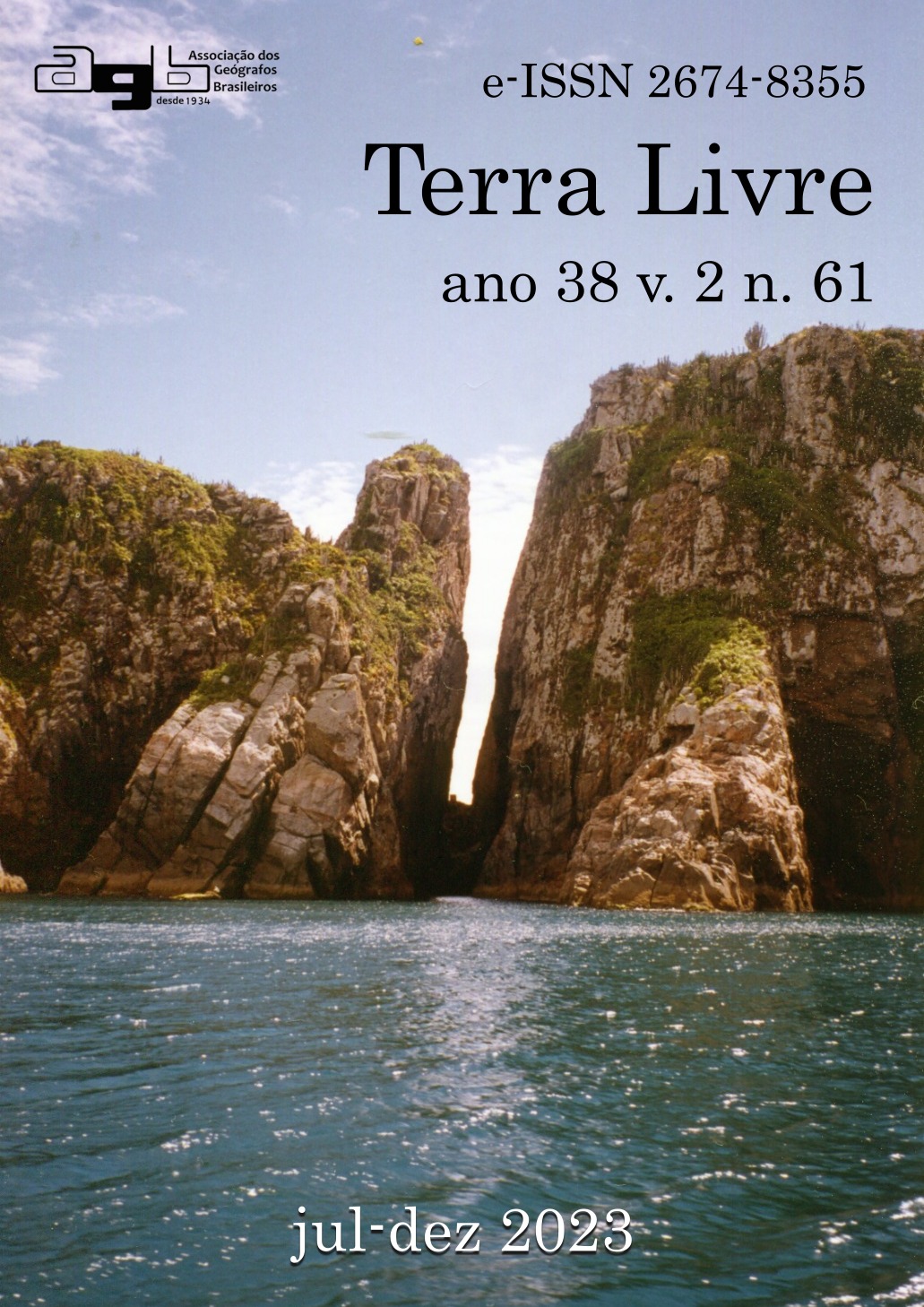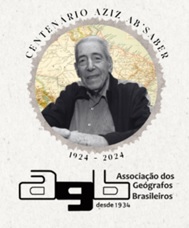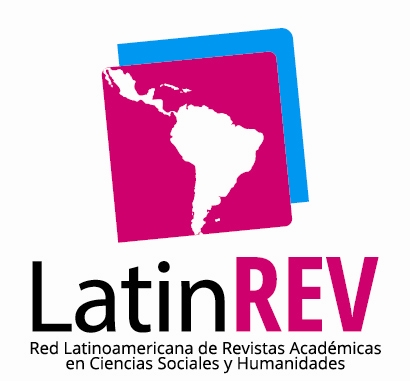BUILDING ACTION PLAN BY THE MAKING RESILIENT CITIES CAMPAIGN
DOI:
https://doi.org/10.62516/terra_livre.2023.3426Keywords:
Urban Resilience, Action Plan, Risk and Disaster Management, Strategic Planning, Resilience ScorecardAbstract
The United Nations' Making Cities Resilient campaign aims to reduce risks and disasters at the local level and has more than 800 participating cities worldwide. The objective is to present strategies for the Action Plan development in Brazil. The methodology is based on the experiences of Lisbon, pilot city in Portugal. In Brazil, the study is applied in União da Vitória, a municipality with frequent floods in the Paraná' state. As a result, we have the structuring of the Plan in three main stages: identification of impacts, identification of gaps, and definition of strategic actions. In conclusion, the elaboration of the Action Plan is an important technique for decision making after the completion of the Scorecard.
Downloads
References
BARAVIKOVA, A.; COPPOLA, A.; TERENZI, A. (2020). Operationalizing urban resilience: insights from the science-policy interface in the European Union. European Planning Studies, v.28, n.1, pp. 241-258. DOI: https://doi.org/10.1080/09654313.2020.1729346
BELLO, O., BUSTAMANTE, A.; PIZARRO, P. (2021). Planning for disaster risk reduction within the framework of the 2030 Agenda for Sustainable Development. Project Documents (LC/TS.2020/108). Santiago, Economic Commission for Latin America and the Caribbean (ECLAC).
CROESE, S., GREEN, C.; MORGAN, G. (2020). Localizing the sustainable development goals through the lens of urban resilience: Lessons and learnings from 100 resilient cities and Cape Town. Sustainability, v. 12, n. 2, pp. 550. DOI: https://doi.org/10.3390/su12020550
FERENTZ, L. M. S.; GARCIAS, C. M. (2020). A Capacidade do Estado frente a gestão de riscos e desastres após a Política Nacional de Proteção e Defesa Civil (Lei 12.608/2012). Revista Brasileira de Políticas Públicas, v. 10, n. 1, pp. 244-267. DOI: https://doi.org/10.5102/rbpp.v10i1.6550
FERENTZ, L. M. S.; GARCIAS, C. M. (2022). Estruturação de Indicadores locais para o Scorecard de Resiliência a Desastres: avanços para a campanha Construindo Cidades Resilientes no Brasil. (no prelo). DOI: https://doi.org/10.3895/rbpd.v12n1.15612
FLAX, L.; ARMSTRONG, A.; YEE, L. (2016). “Measuring urban resilience as you build it-insights from 100 resilient cities”. In: IRGC resource guide on resilience. Lausanne, EPFL International Risk Governance Center.
GARCIAS, C. M.; FERENTZ, L. M. S.; PINHEIRO, E. G. (2019). A Resiliência como Instrumento de Análise da Gestão Municipal de Riscos e Desastres. Redes (Santa Cruz do Sul. Online), v. 24, n. 2, pp. 99-121. DOI: https://doi.org/10.17058/redes.v24i2.13241
GESLER, W.M. (1992). Therapeutic landscapes: medical issues in light of the new cultural geography. Social Science & Medicine, v. 34, n. 7, pp. 735–746. DOI: https://doi.org/10.1016/0277-9536(92)90360-3
HEINKEL, S.-B.; THIEBES, B.; THAN, Z. M.; AUNG, T.; et al. (2022). Disaster preparedness and resilience at household level in Yangon, Myanmar. Natural Hazards, v. 112, pp. 1273-1294. DOI: https://doi.org/10.1007/s11069-022-05226-w
HOLLING, C.S. (1973). Resilience and stability of ecological systems. Annual Review of Ecology and Systematics, v. 4, pp. 1-23. DOI: https://doi.org/10.1146/annurev.es.04.110173.000245
HOLLNAGEL, E.; PARIÈS, J.; WOODS, D. D.; WREATHALL, J. (2013). Resilience engineering in practice: a guidebook. England, Ashgate Publishing Limited.
HOLLNAGEL, E.; WOODS, D. D.; LEVESON, N. (2006). Resilience engineering: concepts and precepts. England, Ashgate Publishing Limited.
KEARNS, R. A.; GESLER, W.M. (ed.) (1998). Putting health into place: landscape, identity, and well-being. New York, Syracuse University Press.
KIM, H.; MARCOUILLER, D. W. (2019). Making sense of resilience planning and policy in the pursuit of sustainable development and disaster risk reduction. Climate and Development, v. 12, n. 3, pp. 228-240. DOI: https://doi.org/10.1080/17565529.2019.1613215
MALECHA, M.; MASTERSON, J. H.; YU, S.; LEE, J.; THAPA, J.; ROY, M.; BERKE, P. (2019). Plan Integration for Resilience Scorecard GUIDEBOOK: Spatially evaluating networks of plans to reduce hazard vulnerability. Texas, Texas A&M University.
MARZI, S.; MYSIAK, J.; ESSENFELDER, A. H.; AMADIO, M.; et al. (2019). Constructing a comprehensive disaster resilience index: The case of Italy. PLoS One, v. 14, n. 9, pp. e0221585. DOI: https://doi.org/10.1371/journal.pone.0221585
NUTTING, K. (2014). An Exploration of Resilience on Partners’ Responses to Their Loved One’s Life Threatening Illness. Tese de Doutorado. Tasmania, University of Tasmania.
OWP EFC. (2020). Resilience Planning: Tools and Resources for Communities. California, Environmental Finance Center at Sacramento State.
PINHEIRO, E. G.; STRINGARI, D.; FERENTZ, L. M. S. (2019). Aprobación de la campaña de construcción de ciudadanas resilientes en el estado de Paraná, Brasil. Revista Contribuciones a las Ciencias Sociales, n.11, pp.1-14.
PREVENTIONWEB. (2022). PreventionWeb, the global knowledge sharing platform for disaster risk reduction and resilience. UNDRR. Disponível em: <https://www.preventionweb.net/>. Acesso em: 05 jul. 2023.
SCHOFIELD, H.; TWIGG, J. (2019). Making Cities Sustainable and Resilient: Lessons learned from the Disaster Resilience Scorecard assessment and Disaster Risk Reduction (DRR) action planning. European Union, United Nations.
ŞEN, G. (2021). An Overview of Disaster Resilience. Turkish Journal of Health Science and Life, v. 4, n. 3, pp. 106-115.
SHAH, F.; RANGHIERI, F. (2012). “Demystifying the Local Resilience Action Plan”. In: A Workbook on Planning for Urban Resilience in the Face of Disasters. Adapting Experiences from Vietnam's Cities to Other Cities. The World Bank. DOI: https://doi.org/10.1596/978-0-8213-8878-5
SHARIFI, A. (2016). A critical review of selected tools for assessing community resilience. Ecological Indicators, v. 69, pp. 629–647. DOI: https://doi.org/10.1016/j.ecolind.2016.05.023
SUDMEIER-RIEUX, K. I. (2014). Resilience - an emerging paradigm of danger or of hope? Disaster Prevention and Management, v. 23, n. 1, pp. 67-80. DOI: https://doi.org/10.1108/DPM-12-2012-0143
TERBLANCHE, T.; SOUSA, L. O.; VAN NIEKERK, D. (2022). Disaster resilience framework indicators for a city's disaster resilience planning strategy. Jamba, v. 14, n. 1, pp. 1264. DOI: https://doi.org/10.4102/jamba.v14i1.1264
TIMMERMAN, P. (1981). Vulnerability, Resilience and the Collapse of Society: A Review of Models and Possible Climatic Applications. Dissertação de Mestrado. Toronto, University of Toronto.
UNDRR. (2020). Human cost of disasters: an overview of the last 20 years 2000-2019. CRED & UNDRR.
UNISDR. (2019). The TEN Essentials for Making Cities Resilient. UNDRR. Disponível em: <https://www.unisdr.org/campaign/resilientcities/toolkit/article/the-ten-essentials-for-making-cities-resilient.html>. Acesso em: 05 jul. 2023.
WEICHSELGARTNER, J.; KELMAN, I. (2015) Geographies of resilience: Challenges and opportunities of a descriptive concept. Progress in Human Geography, v. 39, pp. 249–267. DOI: https://doi.org/10.1177/0309132513518834
Downloads
Published
How to Cite
Issue
Section
License
Copyright (c) 2024 Larissa Maria da Silva Ferentz, Carlos Mello Garcias, Fantina Tedim

This work is licensed under a Creative Commons Attribution-NonCommercial-ShareAlike 4.0 International License.
Esta Revista está licenciado sob uma licença 
Os Direitos Autorais dos artigos publicados na Terra Livre pertencem ao(s) seu(s) respectivo(s) autor(es), com os direitos de primeira publicação cedidos à Terra Livre.
Os artigos publicados são de acesso público, de uso gratuito, com atribuição de autoria obrigatória, para aplicações de finalidade educacional e não-comercial, de acordo com o modelo de licenciamento Creative Commons 3.0 adotado pela revista.

A Terra Livre está licenciada sob uma licença Creative Commons Atribuição-NãoComercial-CompartilhaIgual 3.0 Não Adaptada.
Você é livre para:
- Compartilhar — copie e redistribua o material em qualquer meio ou formato
- Adaptar — remixar, transformar e construir sobre o material
- O licenciante não pode revogar essas liberdades, desde que você siga os termos da licença.
Nos seguintes termos:
- Atribuição — Você deve dar o crédito apropriado , fornecer um link para a licença e indicar se as alterações foram feitas . Você pode fazê-lo de qualquer maneira razoável, mas não de qualquer forma que sugira que o licenciante endossa você ou seu uso.
- Não Comercial — Você não pode usar o material para fins comerciais .
- ShareAlike — Se você remixar, transformar ou construir sobre o material, você deve distribuir suas contribuições sob a mesma licença que o original.
- Sem restrições adicionais — Você não pode aplicar termos legais ou medidas tecnológicas que restrinjam legalmente outras pessoas de fazer qualquer coisa que a licença permita.












